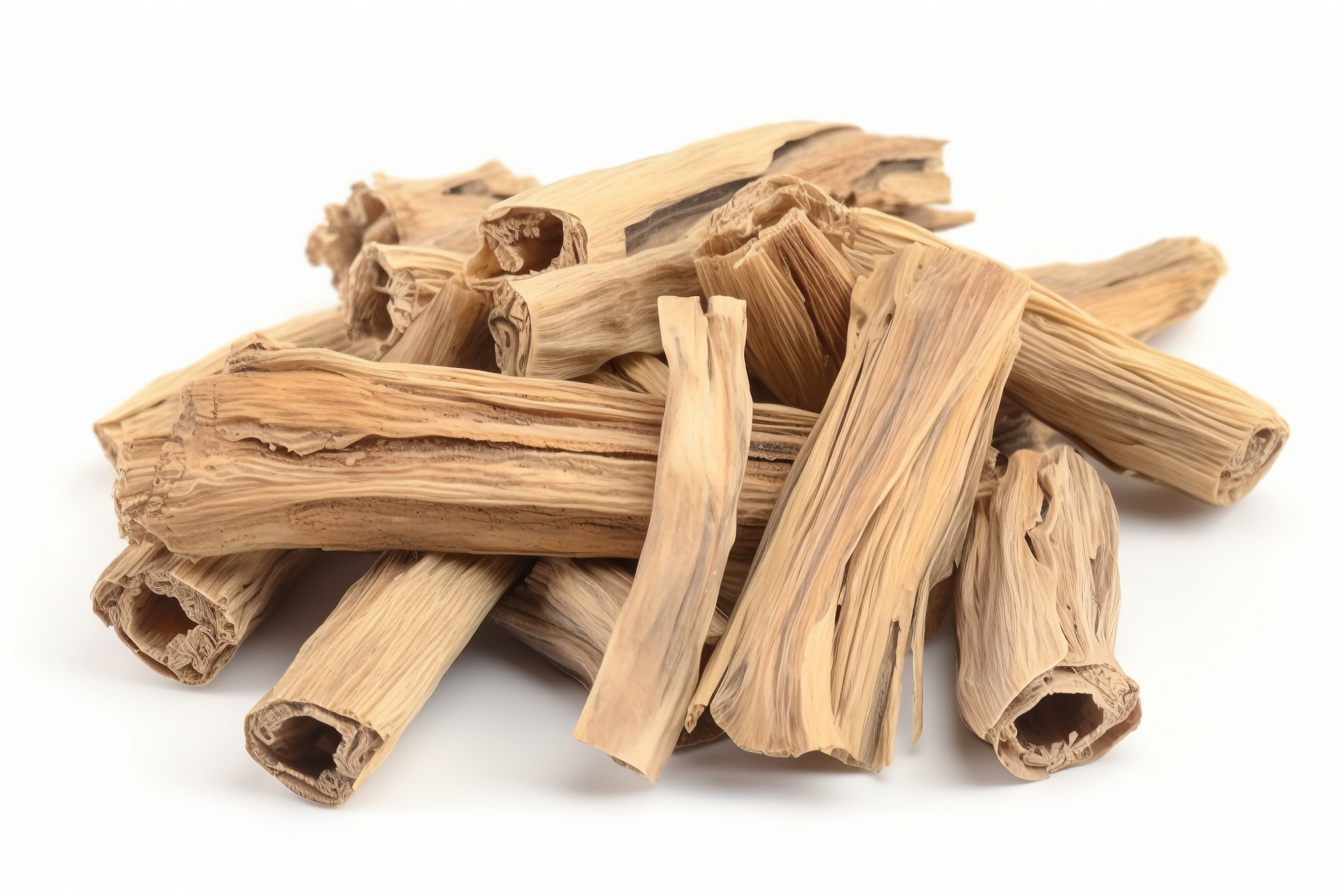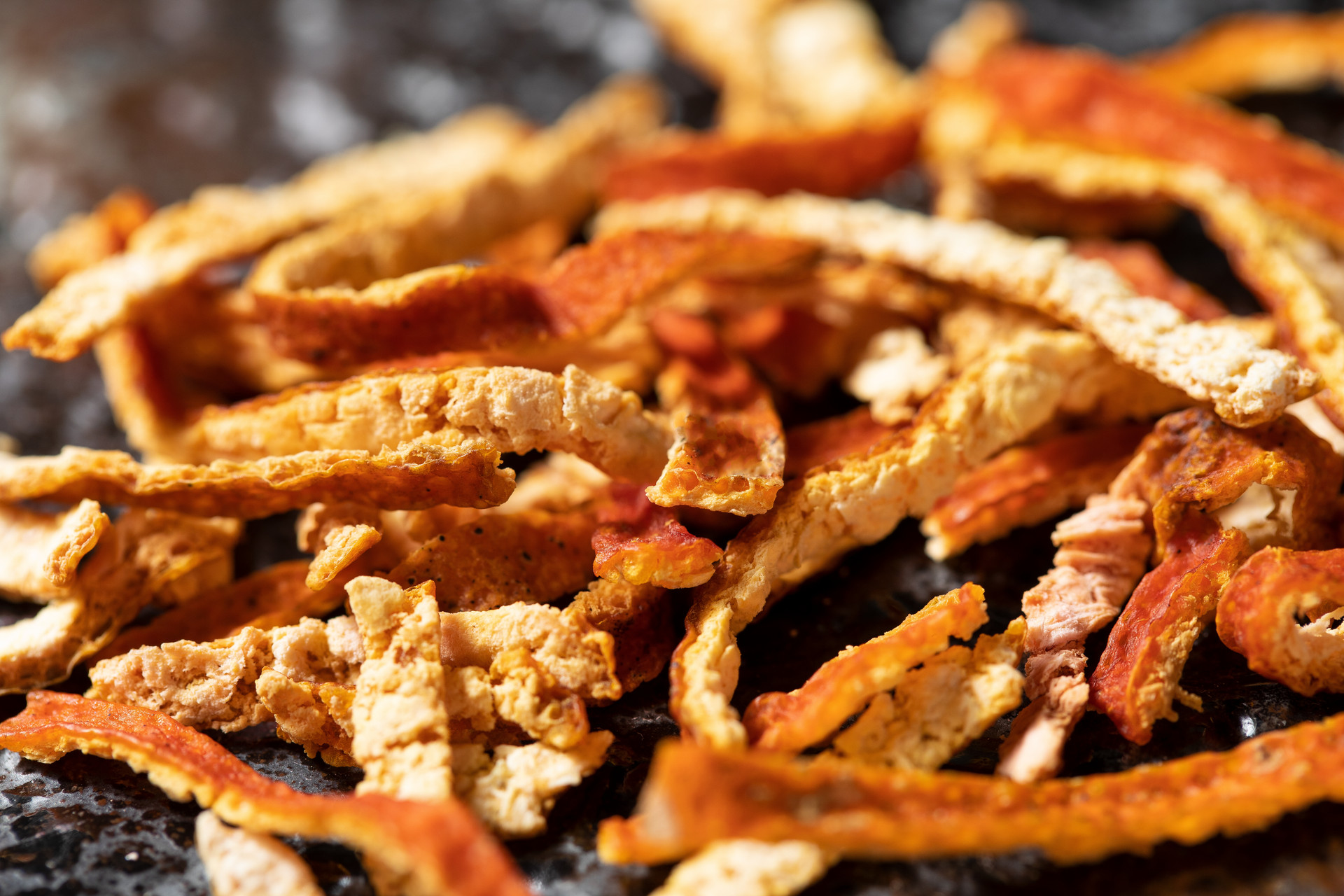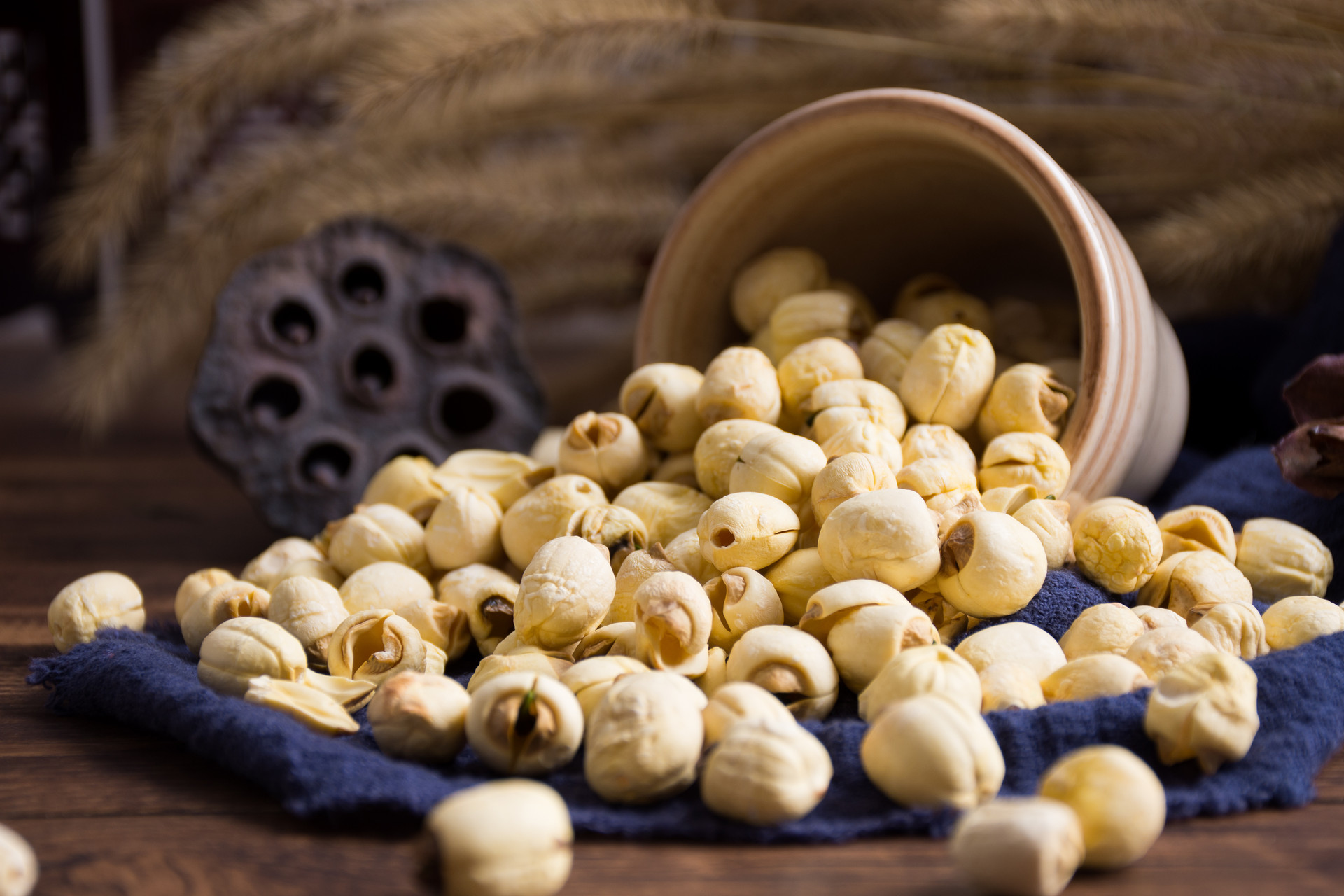The name "wild sweet potato" sounds like a wild fruit, also known as "diguo", "mandi", "dili guava", etc. It is generally distributed in Sichuan, Guizhou, Hunan and other places. It is rich in nutrients and has good health benefits for the human body. Let's now understand the nutritional value of wild sweet potatoes!
[Nutritional Value of Wild Sweet Potatoes]
Wild sweet potatoes resemble loquats in appearance and are called "dili guava" in some areas of Hubei Province. Wild sweet potatoes are multi-purpose plants that can be used for food, medicine, landscaping, and ornamental purposes.
The young fruits of wild sweet potatoes are green, and when they mature, they turn pale red and emit a fragrant aroma. As a nutritious and healthful fruit, they can be eaten fresh or processed into dried fruits.
The fruits of wild sweet potatoes can be divided into two types: edible and inedible. The method of distinguishing them is simple. Just break open the purple-red fruits. If the flesh is juicy, it is edible; if there is no obvious moisture after breaking open, it is inedible.
Also, it is important to note that the "cooking time" for wild sweet potatoes should be well controlled. If you choose an overripe wild sweet potato, be careful as it may contain fruit larvae!
Data shows that the protein content of wild sweet potatoes consumed fresh is higher than that of figs, and the composition of amino acids in the protein is more reasonable. Among them, the content of three anti-fatigue branched-chain amino acids accounts for about 29% of the total amino acids, which has good health benefits for the human body.
The content of dietary fiber, carbohydrates, and carotene is higher than that of apples, cherries, and citrus fruits, making it a fruit with rich nutritional content.
[Other Values of Wild Sweet Potatoes]
Due to the scarcity of wild sweet potatoes, the price is also soaring. The current price is already 30 yuan per kilogram, which is not lower than high-end fruits like cherries. In the future, the price of this fruit will only continue to rise.
Wild sweet potatoes emit a strong fragrance even when they are more than 20 meters away, especially during the fruit ripening period (June to October). Therefore, they are also called "mandixiang" (meaning "fragrance everywhere").
Wild sweet potatoes can reproduce sexually and asexually. They are creeping woody vines with milky sap. They can grow up to more than 10 meters in length and spread on the ground. They have root-like adventitious roots, resembling giant centipedes, hence the name "fudi wugong" (meaning "creeping centipede").
Wild sweet potatoes are suitable for cultivation as fruit crops, which can be interplanted in orchards to transform traditional single-season orchards into double-season orchards. Wild sweet potatoes are not only loved for their edibility, but they are also experts in landscaping.
Unlike ordinary greening plants, wild sweet potatoes have strong climbing ability and their vines are very tough. They are suitable for greening parks, lawns, and other areas that are prone to damage. Even if they are severely trampled, wild sweet potatoes can maintain their original state.
Its interlocking branches and vines can not only connect closely, but also firmly hold sandy soil, loose soil, and other soil types prone to wind erosion. Therefore, wild sweet potatoes are also a powerful tool for wind and sand control.












